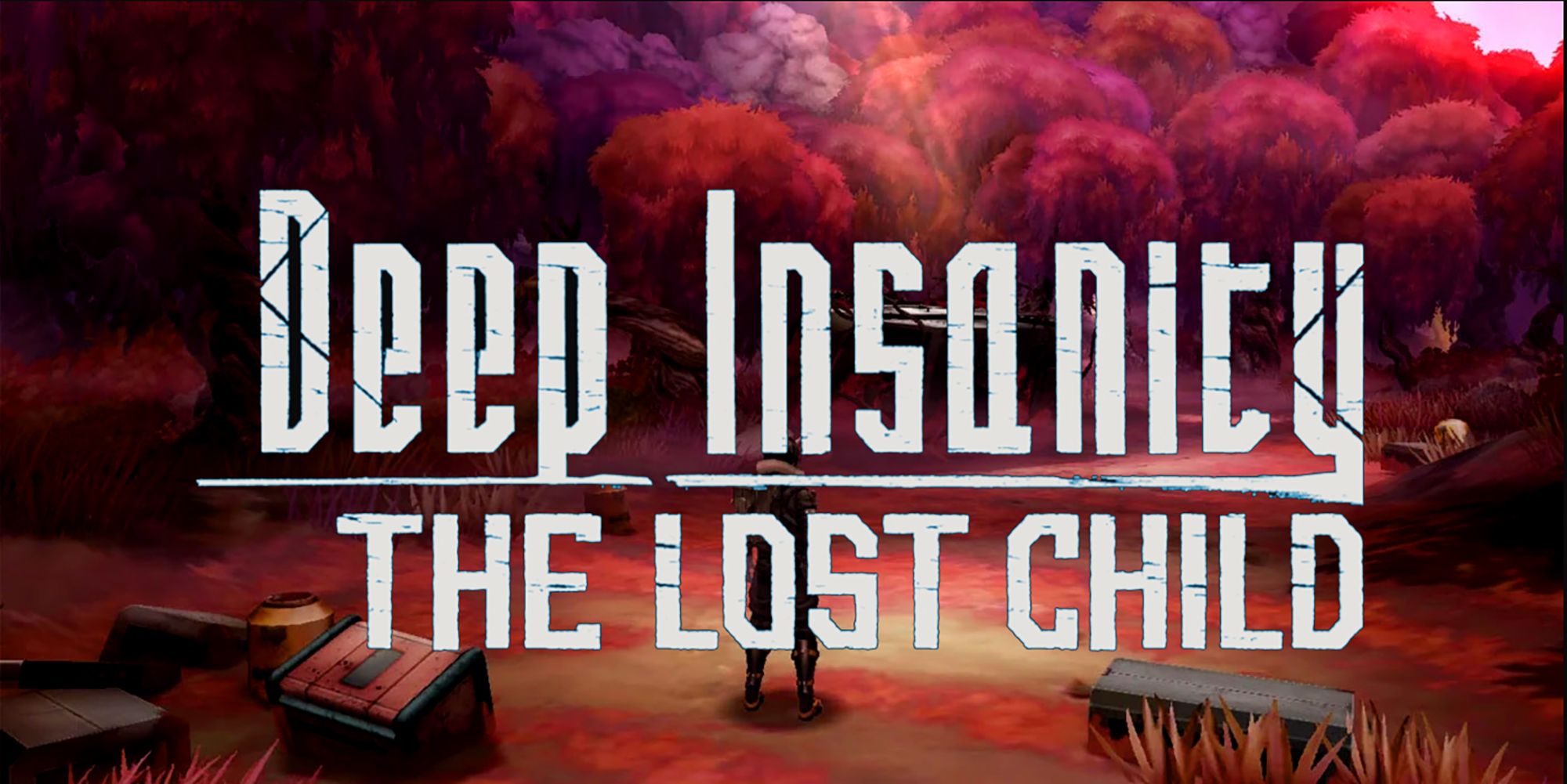What lies hidden beneath the surface of the Earth has remained one of the greatest mysteries of mankind across the centuries, with imaginations stoked by books such as Jules Verne's Journey to the Center of the Earth and popularized by the Hollow Earth Theory. When vast crevices were discovered in Antarctica, it seemed this finally might be the place where mankind would journey to the Earth's center, an explorer's dream. So how could an anime about an Antarctic abyss full of the unknown be so boring? Episode 1 of Deep Insanity: The Lost Child is full of wasted time and potential, but there's still some hope for it yet.
Part of the issue with The Lost Child is the fact it's not meant to be consumed alone. The Deep Insanity cross-media project presents three different timelines that chronicle the exploration of a recently-discovered crevice in Antarctica -- called Asylum -- and an illness, dubbed "Randolph Syndrome," that sweeps over the world. The manga, anime and game all have the same premise but attack the story from different platforms.
It's an extremely ambitious project for SquareEnix, one that encourages fans to delve into the entire Deep Insanity project rather than just a single part of it. However, the manga and game are not yet translated into English as of the writing of this article, so if every part is indispensable to enjoying the project, fans outside of Japan are out of luck.
However, there's no reason The Lost Child couldn't be enjoyable on its own, if only it had made a better first impression. Made In Abyss took the idea of a bottomless hole with unknown creatures and made arguably one of the best anime in recent years. Deep Insanity sends squads of men down a rift in Antarctica supposedly for mining, but ends up with a shallow attempt to show off how scary its CGI monsters are in a hollow display of violence. Instead of creating suspense, this actually negates it by revealing how the show relies on cheap tropes to horrify.
When the characters who matter show up — you know because their faces are actually visible — they have fancy telekinetic guns that make even the combat boring. Best of all, when possibly the blandest protagonist of Fall 2021, one Daniel Kai Shigure, sees his far more seasoned teammates incapacitated, he's suddenly an expert with the telekinetic guns. As if to say "yeah he's bland, but he's special, so you should care." However, it's unclear how invested Deep Insanity is in keeping Daniel alive, seeing as he received no training prior to being shoved out into the field. But Daniel may have hidden depths in the manga, where Sergiu Sol is the boy with resistance to the disease.
There are a few threads left to tug on to make the show worth watching. Asylum seems to have some political forces at work behind the scenes, which could potentially lead to conflict. Executive Officer Leslie, who is obviously the glue that prevents his team from dying, has death flags plastered all over him, being the self-sacrificial nice guy that he is. Daniel's team members -- Larry, Sumire and Reika -- are more interesting than Daniel himself, both in personality and what they bring to the field.
Larry's inability to feel pain, for example, makes him useful in battle, but people with congenital analgesia still sometimes badly injure themselves without knowing. The most obvious course of action would be to kill Leslie and cut the team off in a new area of Asylum, or have politics force them into an unideal position. Going deeper into this Antarctic abyss is a logical course of action for the story and it would be a chance to discover a wilder, more exciting Asylum. The titular "lost child" could potentially change everything as well.
The concept art for Asylum and Deep Insanity as a whole is also worth attention, though the animation in the show hasn't reflected it. However, it does show that there are people who have a vision for what Asylum could be, one that'll hopefully shine through. There is passion behind this project, and it's would be a true loss for it to flop entirely. So while Episode 1 was not exciting unto itself, Deep Insanity: The Lost Child hasn't yet written itself out completely. Plenty of anime have rocky starts, so it's worth waiting to see if this show actually becomes the adventure that the depths of Antarctica deserve.



